Related Research Articles

Claudio Achillini was an Italian philosopher, theologian, mathematician, poet, and jurist. He is a major figure in the history of Italian Baroque poetry.
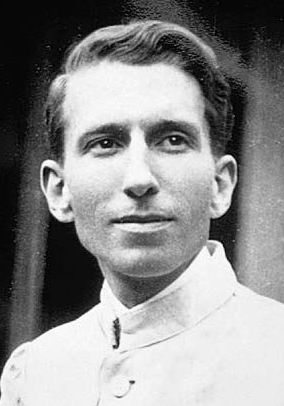
Guido Gustavo Gozzano was an Italian poet and writer.
Italy–USA Foundation is a non-profit non-partisan organization based in Rome, Italy, established to promote friendship between Italians and Americans plus American culture in Italy.

The Manifesto of the Anti-Fascist Intellectuals, written by Benedetto Croce in response to the Manifesto of the Fascist Intellectuals by Giovanni Gentile, sanctioned the irreconcilable split between the philosopher and the Fascist government of Benito Mussolini, to which he had previously given a vote of confidence on 31 October 1922. The idea of an anti-Fascist manifesto came to Giovanni Amendola, who wrote to Croce, a proclaimed anti-Fascist, for his opinions on 20 April 1925:
Dear Croce, have you read the Fascist manifesto to foreign intellectuals? ... today, I have met several people who feel that, following the publication of the Fascists' document, we have the right to speak and the duty to respond. What is your opinion? Would you be willing to sign such a document, or even write it yourself?
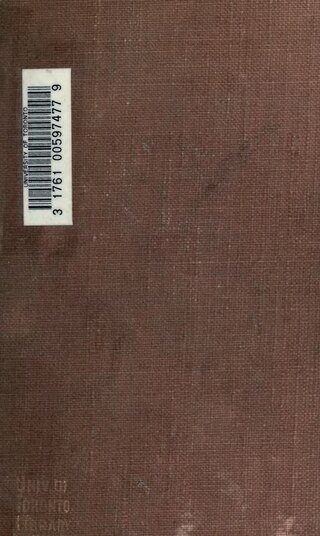
The Late Mattia Pascal is a 1904 novel by Luigi Pirandello. It is one of his best-known works and was his first major treatment of the theme of the mask.
Giovanni Sabadino degli Arienti was an Italian humanist, author, poet and prose writer.
Michael Palma is an American poet and translator.
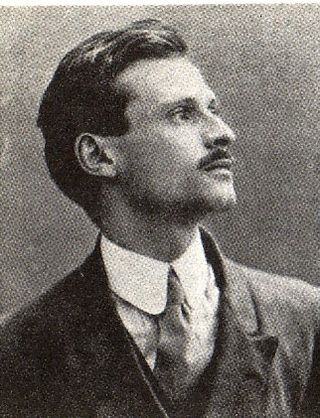
Marino Moretti was an Italian poet and author.
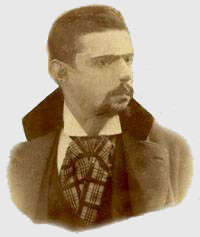
Roberto Tiberio "Berto" Barbarani was an Italian poet. He wrote many poems in the Veronese dialect of Northern Italy.
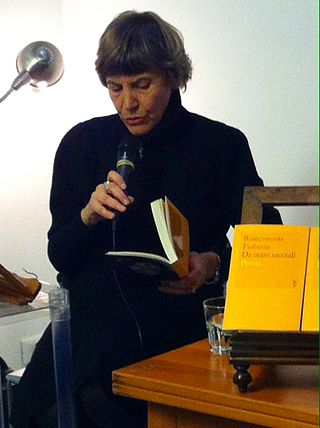
Biancamaria Frabotta was an Italian writer. She promoted the study of women writers in Italy and her early poetry focused on feminist issues. The main themes of her later works are melancholy, the dichotomy between Nature and History and between Action and Contemplation, the relationship between the body and the self, and conjugal love. Besides essays on feminism and academic works on poets such as Giorgio Caproni, Franco Fortini, and Amelia Rosselli, she wrote plays, radio-dramas, a television show on Petrarch, and a novel. Until her retirement in 2016, she taught Modern Italian Literature at the University of Rome La Sapienza, where she previously received her Laurea degree.
Bondie Dietaiuti was a 13th-century poet from Florence. He was influenced by the Occitan troubadours and known for his animal imagery, including a translation of lines about a lark from the troubadour song Can vei la lauzeta mover. In turn, he has been suggested to be an influence on Dante. Three of his canzoni and four of his sonnets survive. One of his sonnets was included in the Storia della letteratura italiana of Francesco de Sanctis.
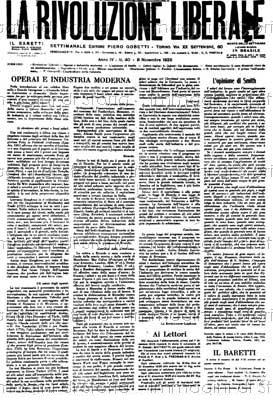
La Rivoluzione Liberale was an Italian anti-Fascist liberal magazine which was published on a weekly basis in Turin between 1922 and 1925. The magazine is mostly known for its founder, Piero Gobetti.
Il commiato, known by its refrain as Giovinezza (youth) is an Italian song that is part of the repertoire of goliardic hymns of Italian universities. In vogue in the early twentieth century, the extemporaneous work of Nino Oxilia, who composed its verses out of the blue on a convivial occasion in 1909. Oxilia's text was set to music by Giuseppe Blanc.
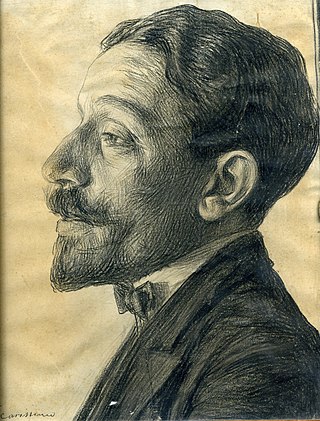
Guelfo Civinini was an Italian poet, playwright, novelist, journalist, critic, opera librettist, academic, military combatant, Western explorer, documentary film maker, and archaeologist. Best known internationally as the author of the libretto for Giacomo Puccini's opera La fanciulla del West (1910), Civinini began his career as a writer in the 1890s working as both a journalist and critic of literature and art for a variety of Italian newspapers and magazines. His first book of poetic verses, L'urna, was published in 1901 and was the recipient of a national literary prize. After this he continued to work as a journalist and critic and publish and write poetry, but expanded his interests into writing numerous plays for theaters in Rome and Milan. In 1912 his novel, Gente di palude, was published. He was awarded several literary prizes, including the Mussolini Prize for literature in 1933; the Viareggio Prize in 1937; and the Marzotto Prize in 1953.

Carlo Zangarini i was an Italian librettist, poet, and academic. He lived his entire life in the city of Bologna, and is best remembered today for penning the libretti for the operas La fanciulla del West (1910) by composer Giacomo Puccini, I gioielli della Madonna (1911) by composer Ermanno Wolf-Ferrari, and Conchita (1911) by Riccardo Zandonai.
References
- 1 2 3 4 Raffaele Donnarumma (2002). "Crepuscolari". In Peter Hainsworth and David Robey (ed.). The Oxford Companion to Italian Literature. Oxford University Press. ISBN 9780198183327.
- ↑ "Crepuscolari". www.letteraturaitalia.it/. Retrieved 2023-05-29.
- ↑ Paul Barnaby (2002). "Civinini, Guelfo". In Peter Hainsworth and David Robey (ed.). The Oxford Companion to Italian Literature. Oxford University Press. ISBN 9780198183327.
William Rose Benét, The Reader's Encyclopedia, Thomas Y. Crowell.
Peter Brand and Lino Pertile, The Cambridge History of Italian Literature, Cambridge University Press.